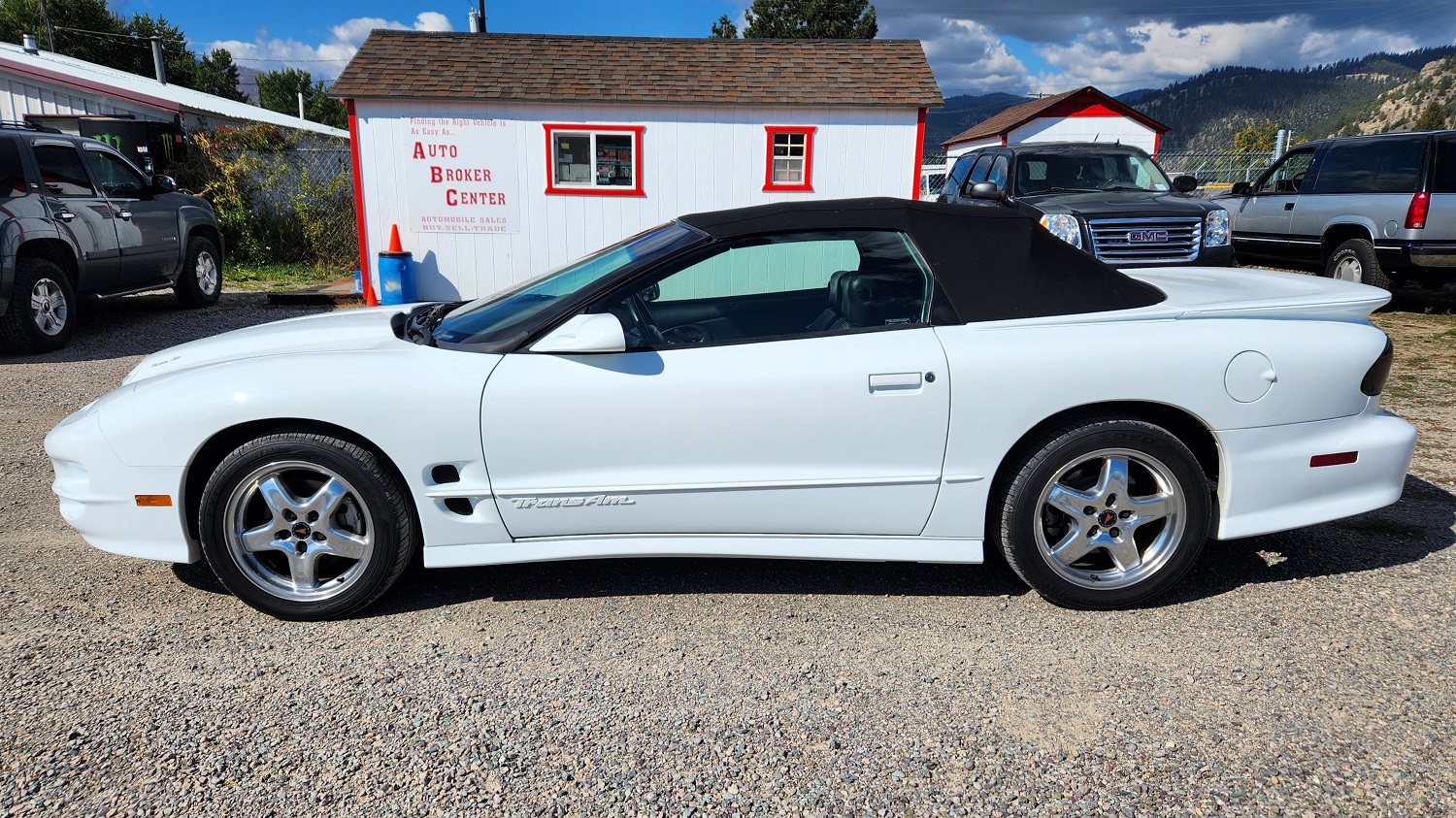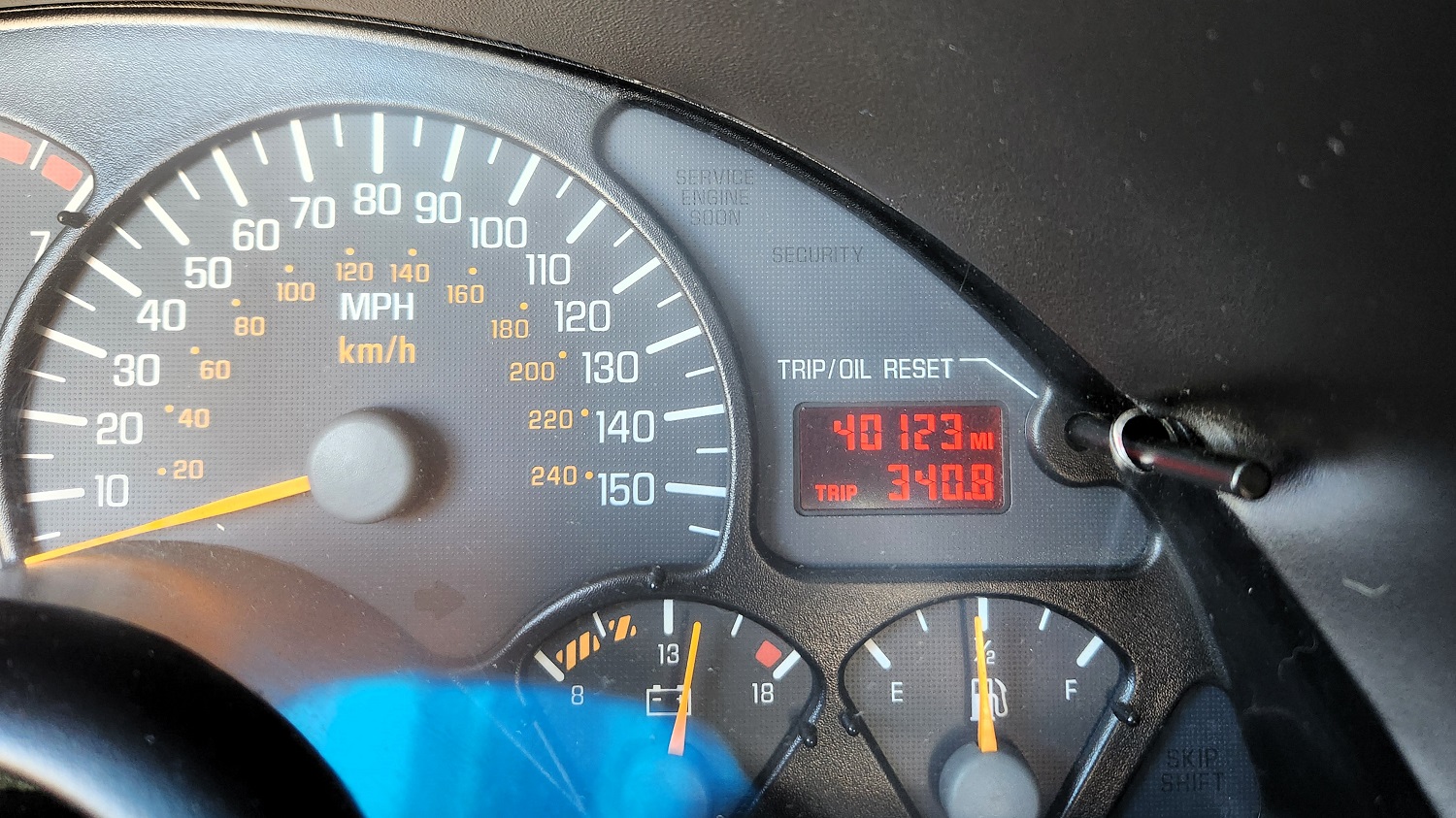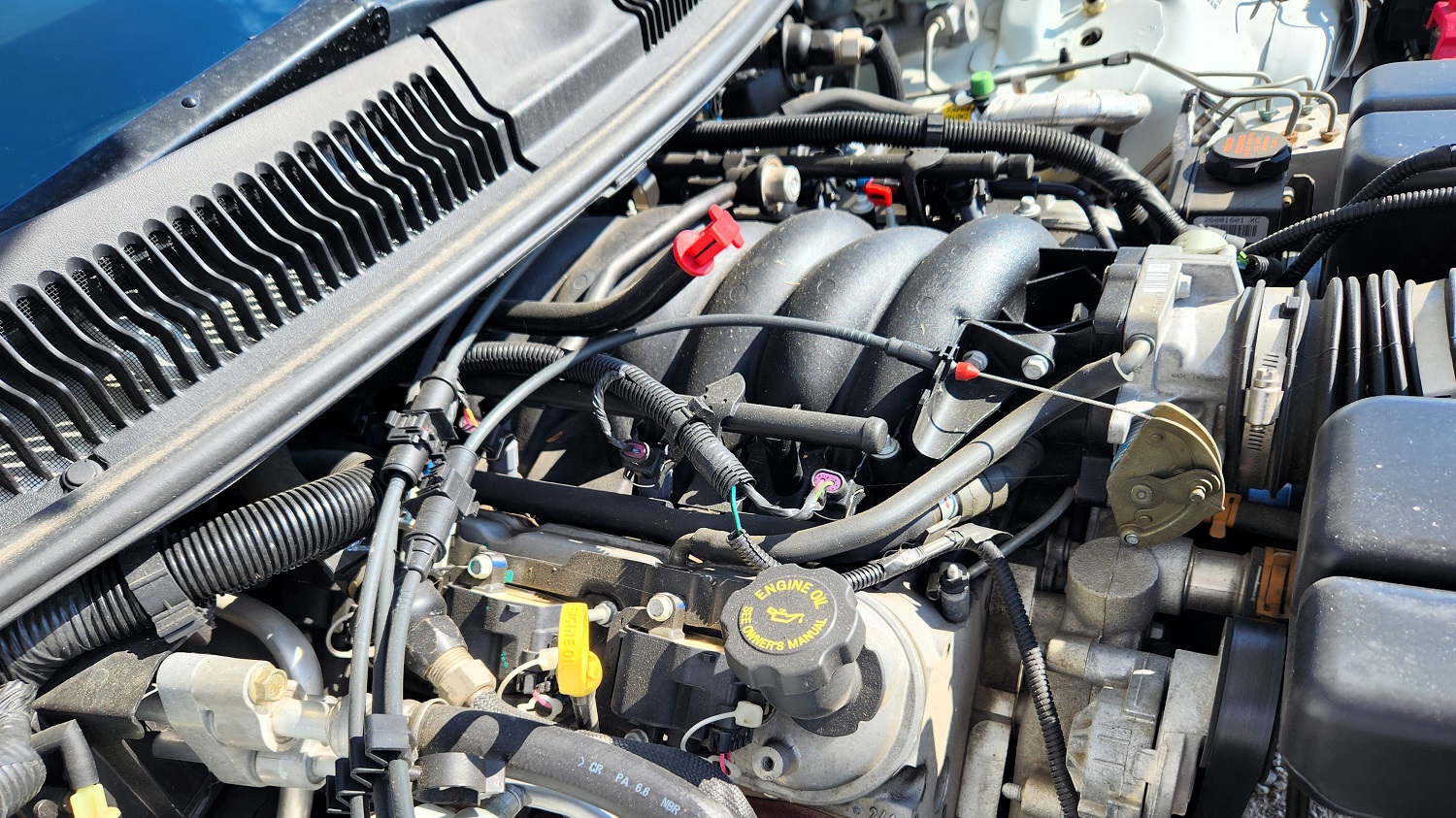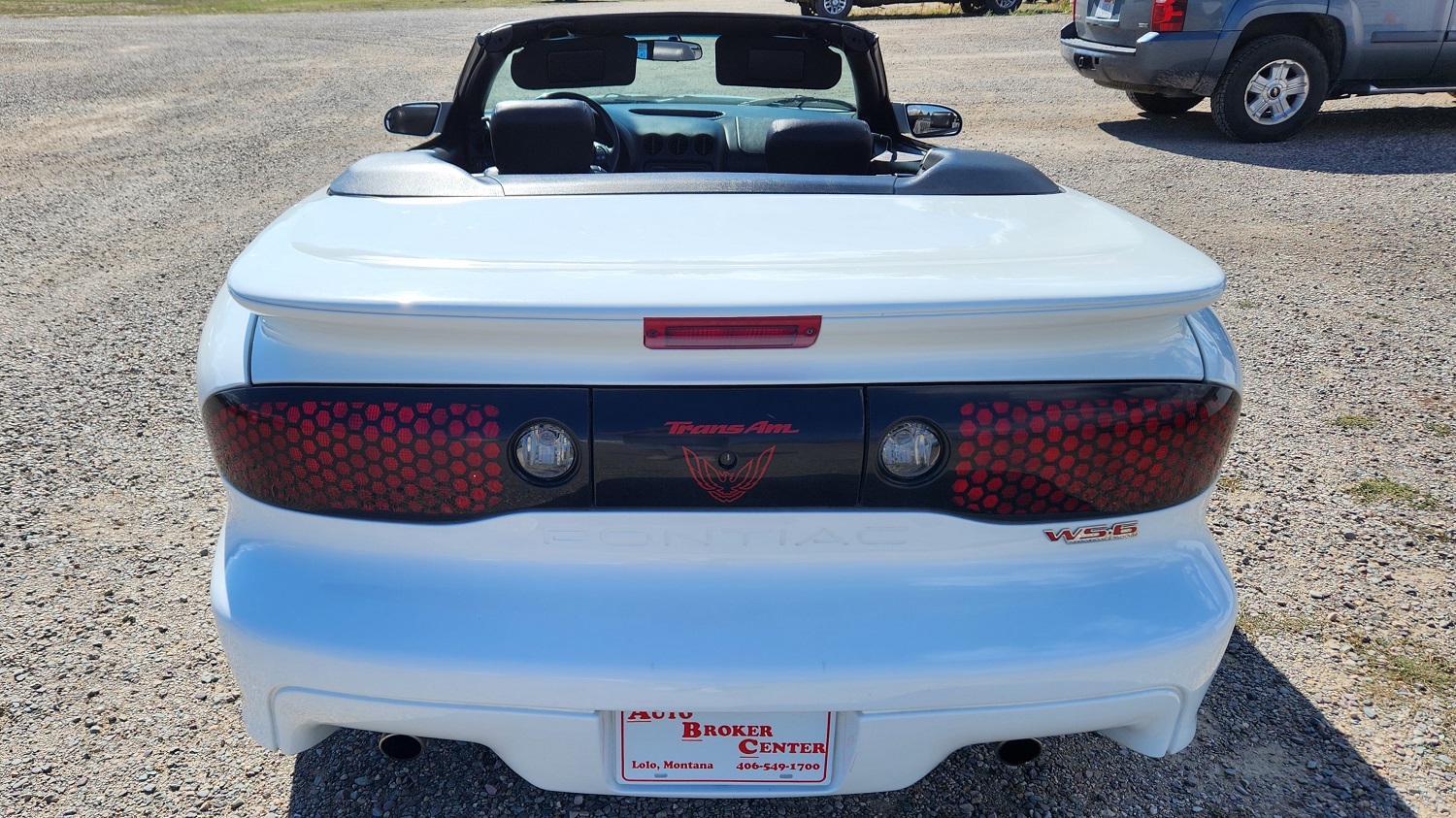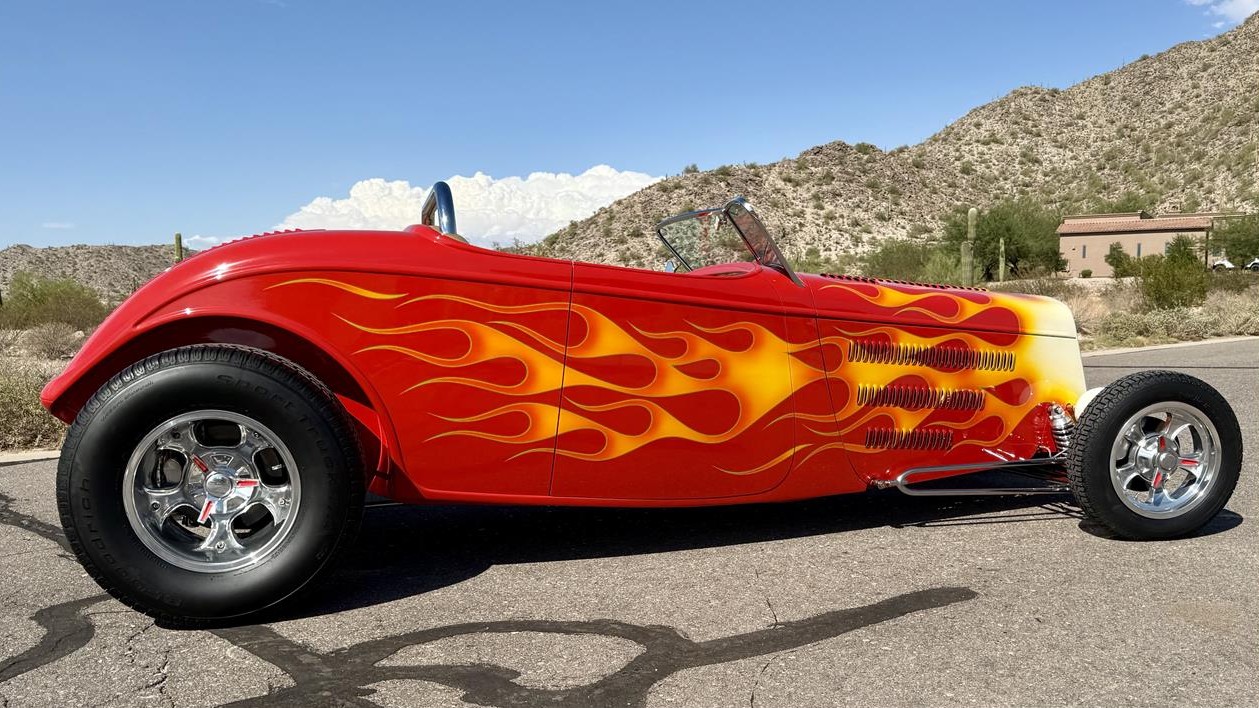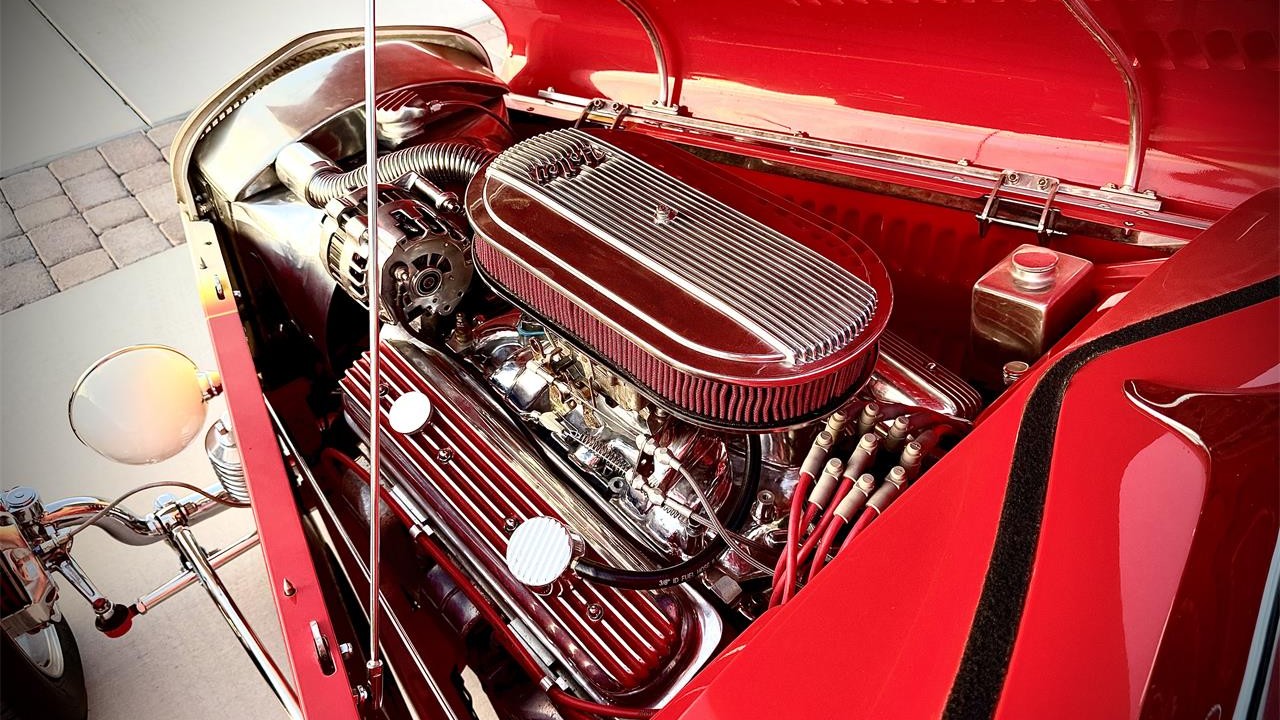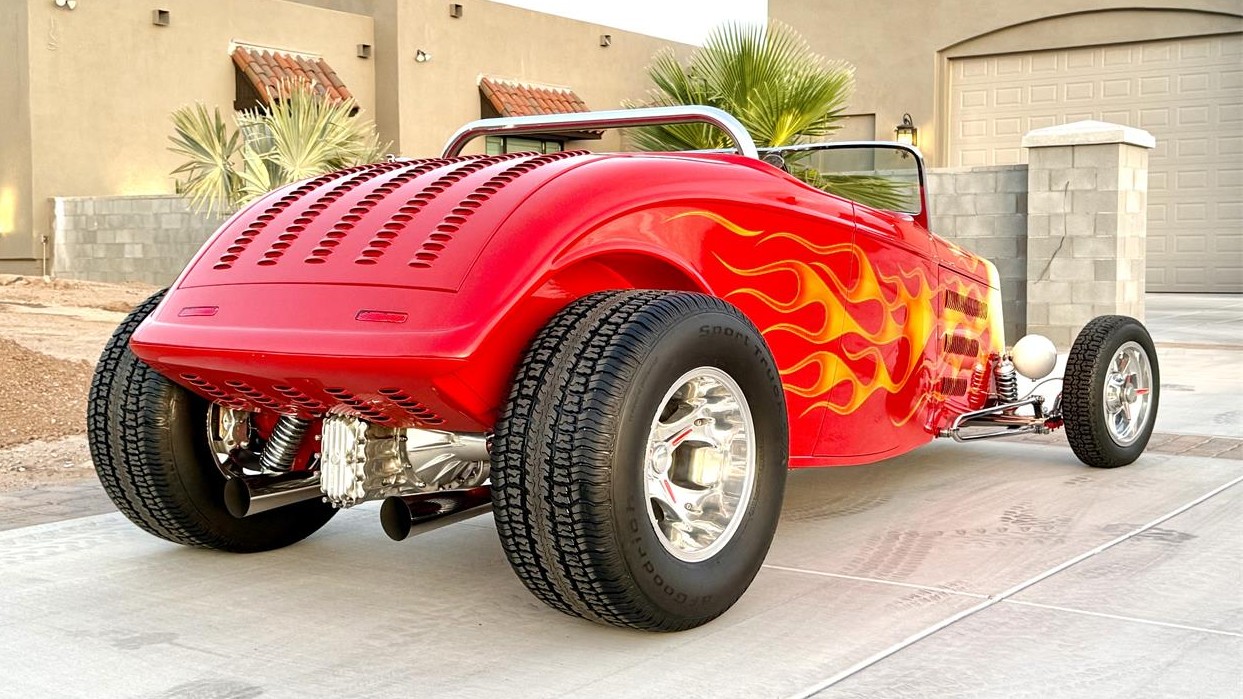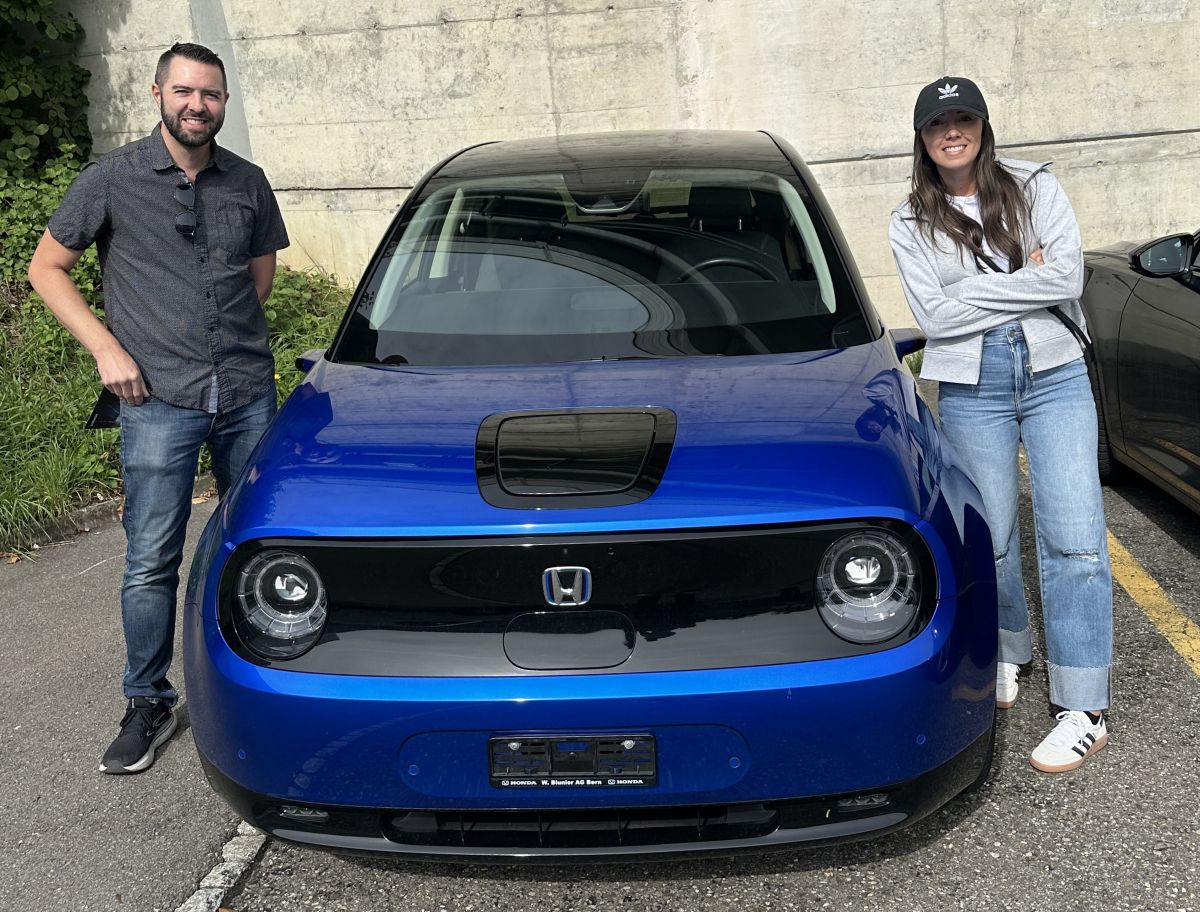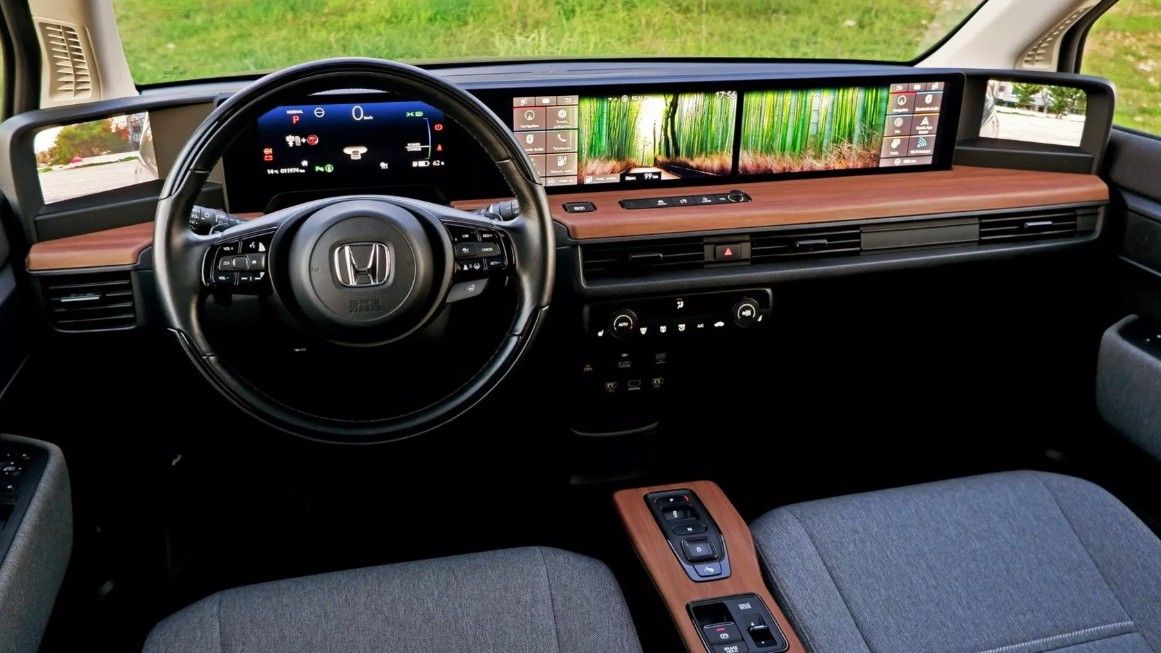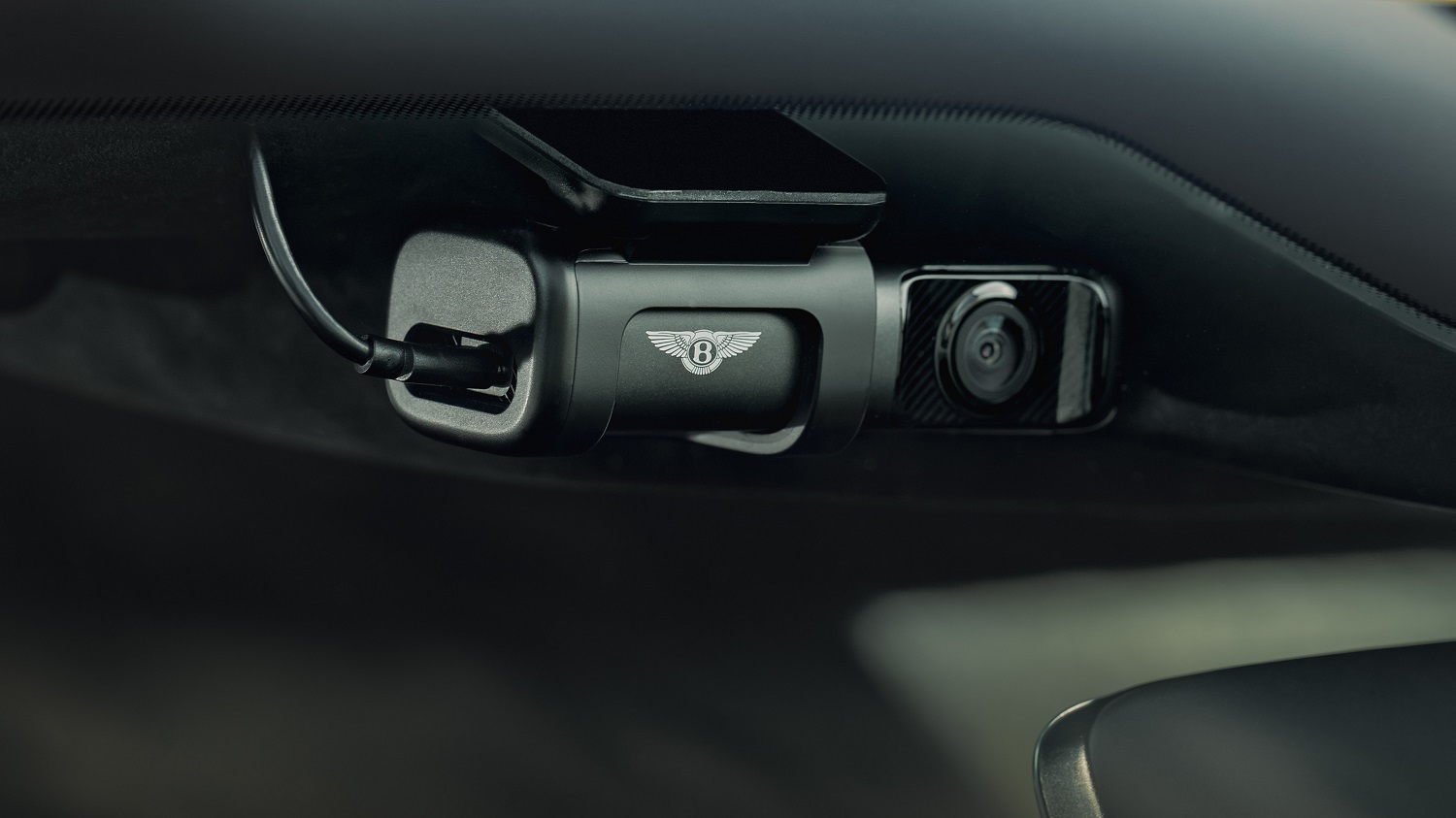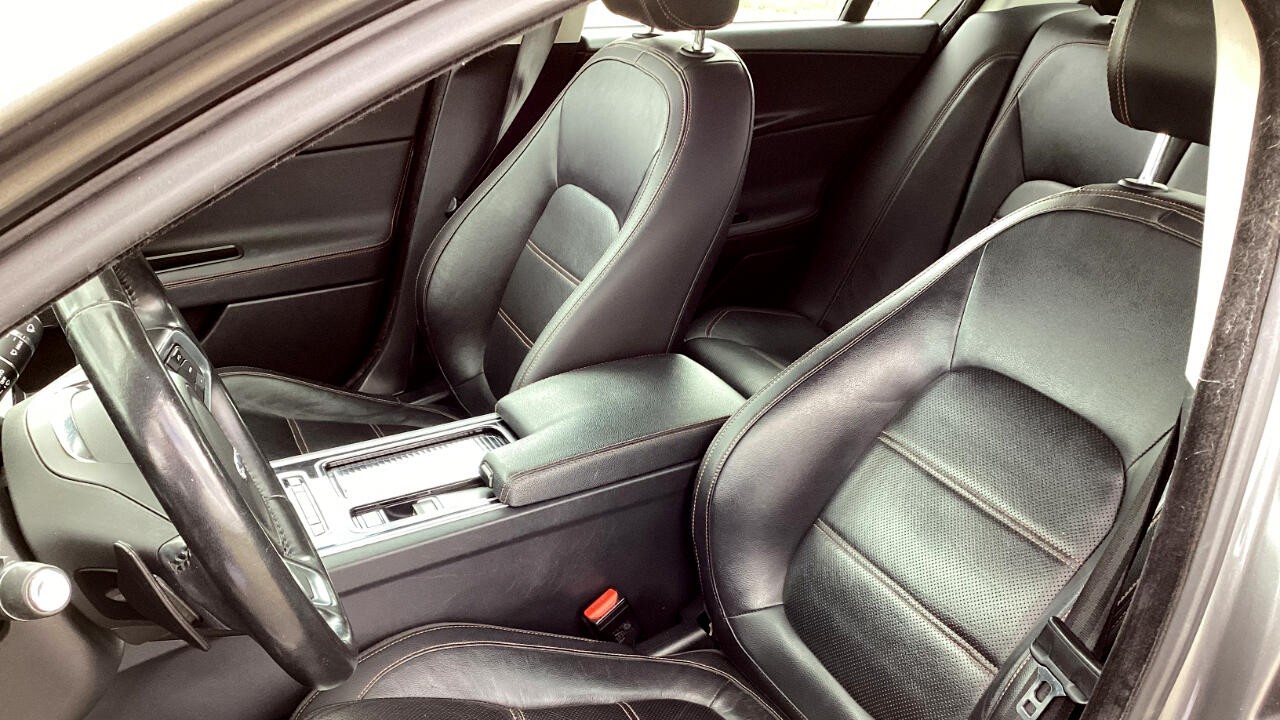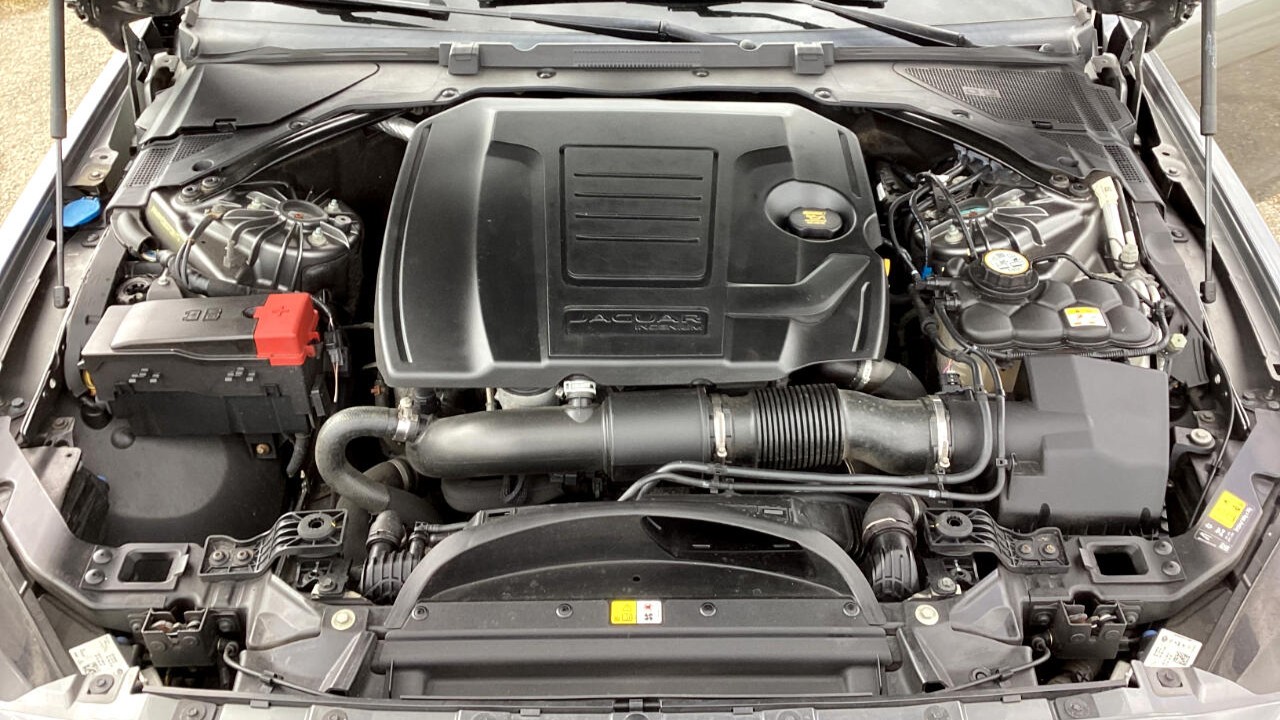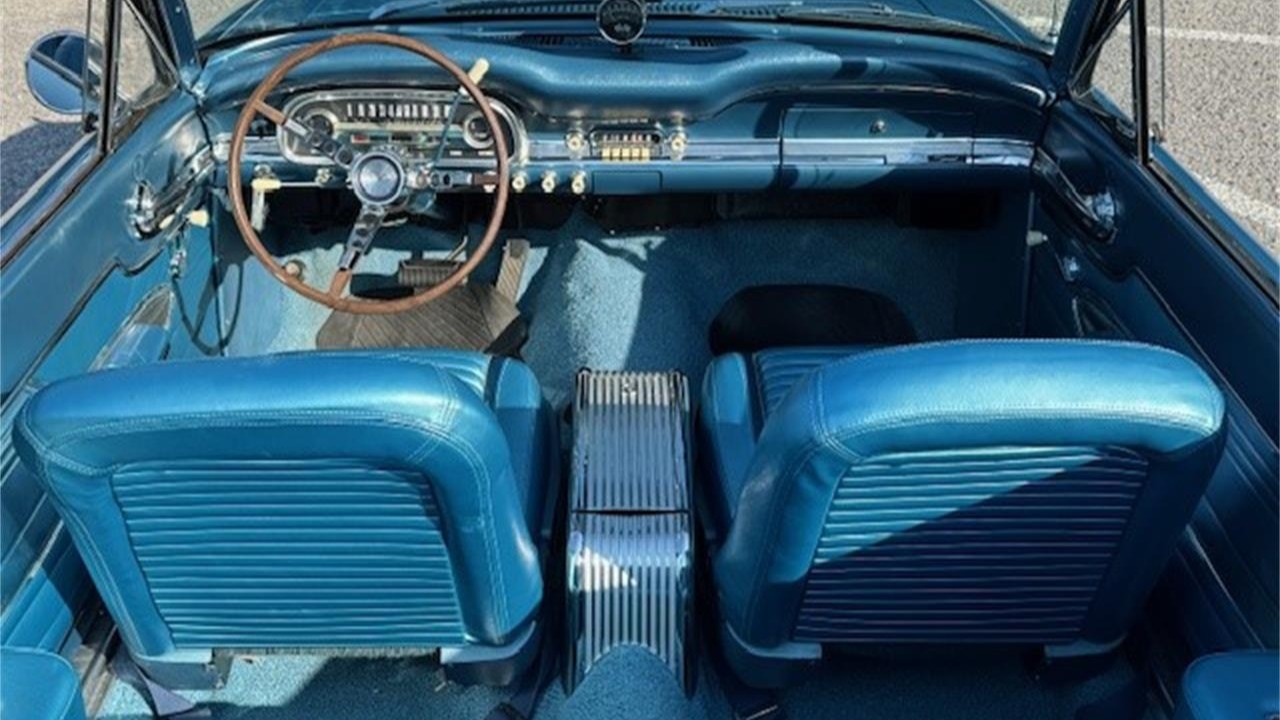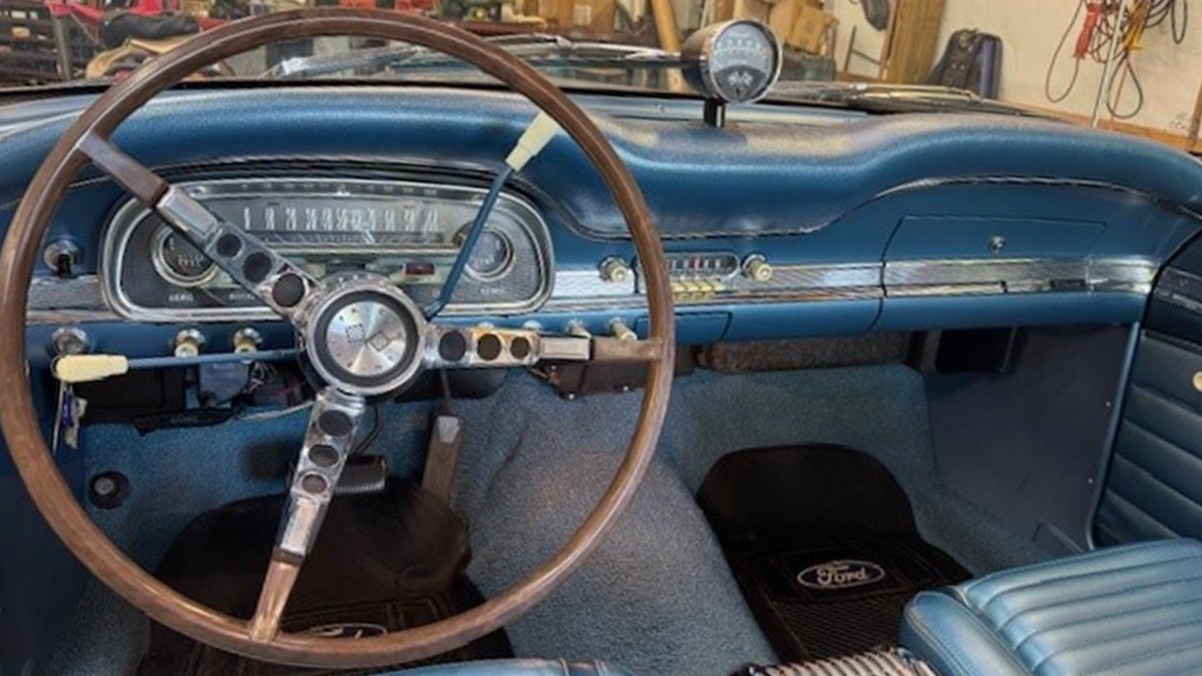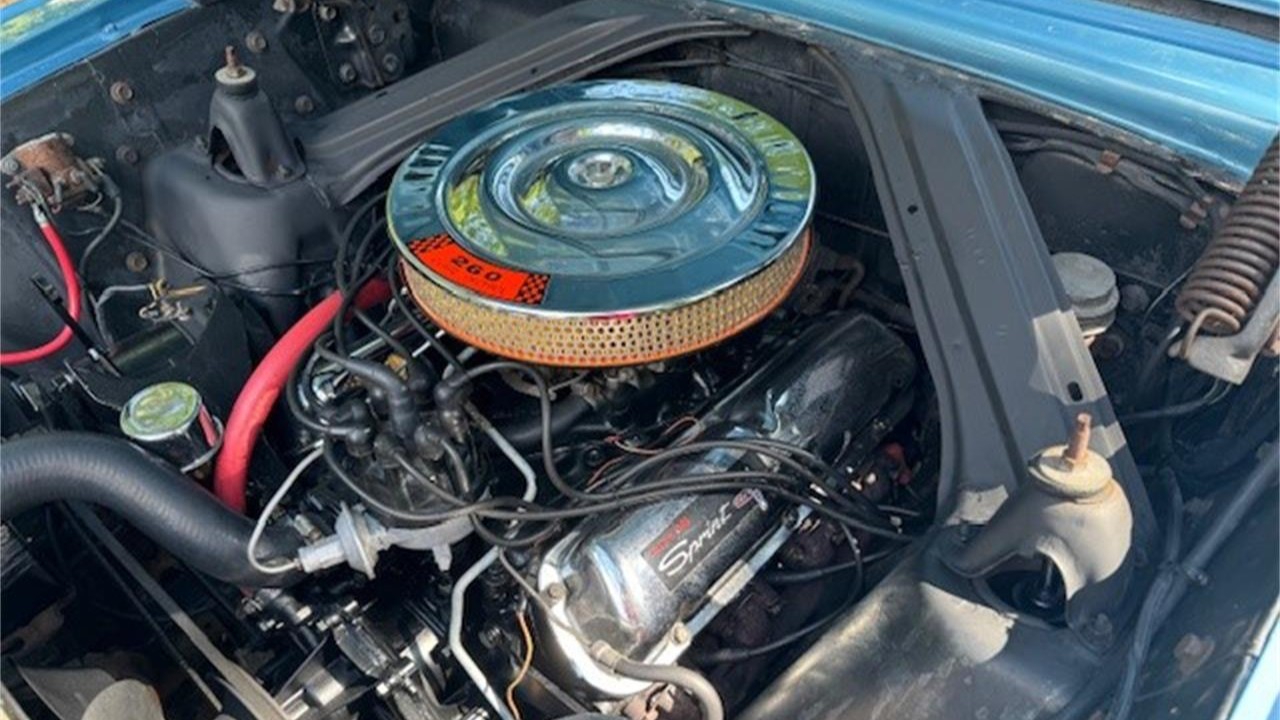Tom Matano, the man credited for being the father of the Mazda Miata, passed away on September 20 at the age of 77. His career in automotive design helped shape some of the industry’s most iconic machines—not just at Mazda, but also at General Motors, BMW, and Volvo.
Matano’s design for the Miata was an undisputed home run, and that car will forever hold its place in automotive history: the first-generation “NA” chassis MX-5 sold nearly 230,000 examples in the United States alone between 1989-97. In 2000, the Guinness Book of World Records named the Miata as the best-selling two-seat sports car in history. The MX-5 has since evolved through three subsequent generations and still holds a key place in the Mazda lineup today. It was thanks to Matano’s influence that the brand’s “Zoom-Zoom” slogan took deeper meaning. After all, the Miata was—and is—all about the joy of driving.
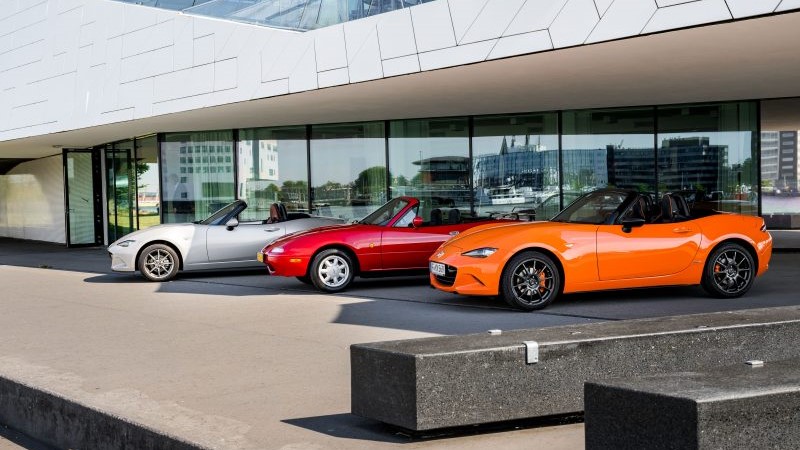
Matano was born in Nagasaki, Japan, in 1947 and graduated from Seikei University. He worked on many enthusiast-favorite Mazdas, including the “FD” RX-7, MX-6, and MX-3. His career at Mazda first started in 1983 when he became Chief Designer for the North American operations. Subsequent roles included Executive Vice President of Western Operations and General Manager of Mazda design. Following retirement in 2002, he remained active in the automotive community. One of his roles was serving as the Executive Director for the School of Industrial Design at the Academy of Art University in San Francisco. He also frequently appeared at enthusiast events, including an appearance at the Japanese Classic Car Show in 2024.
This video of an interview with Matano at the New York Auto Show in 2014 captures his charismatic personality. He said, “We tap into the relationship between a car and a driver.” He also said, “I knew this would be a success, but never thought of this continued passion of the people. I’m still amazed at the smile on their faces. That’s the moment I love most.”
Matano will surely still enjoy seeing the smiles on people’s faces for the years and decades to come. The world has lost an automotive legend, but his memory will live on among sports car enthusiasts indefinitely.

